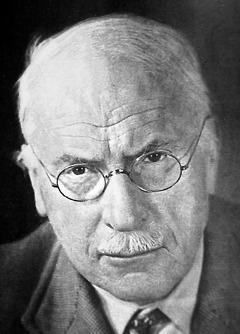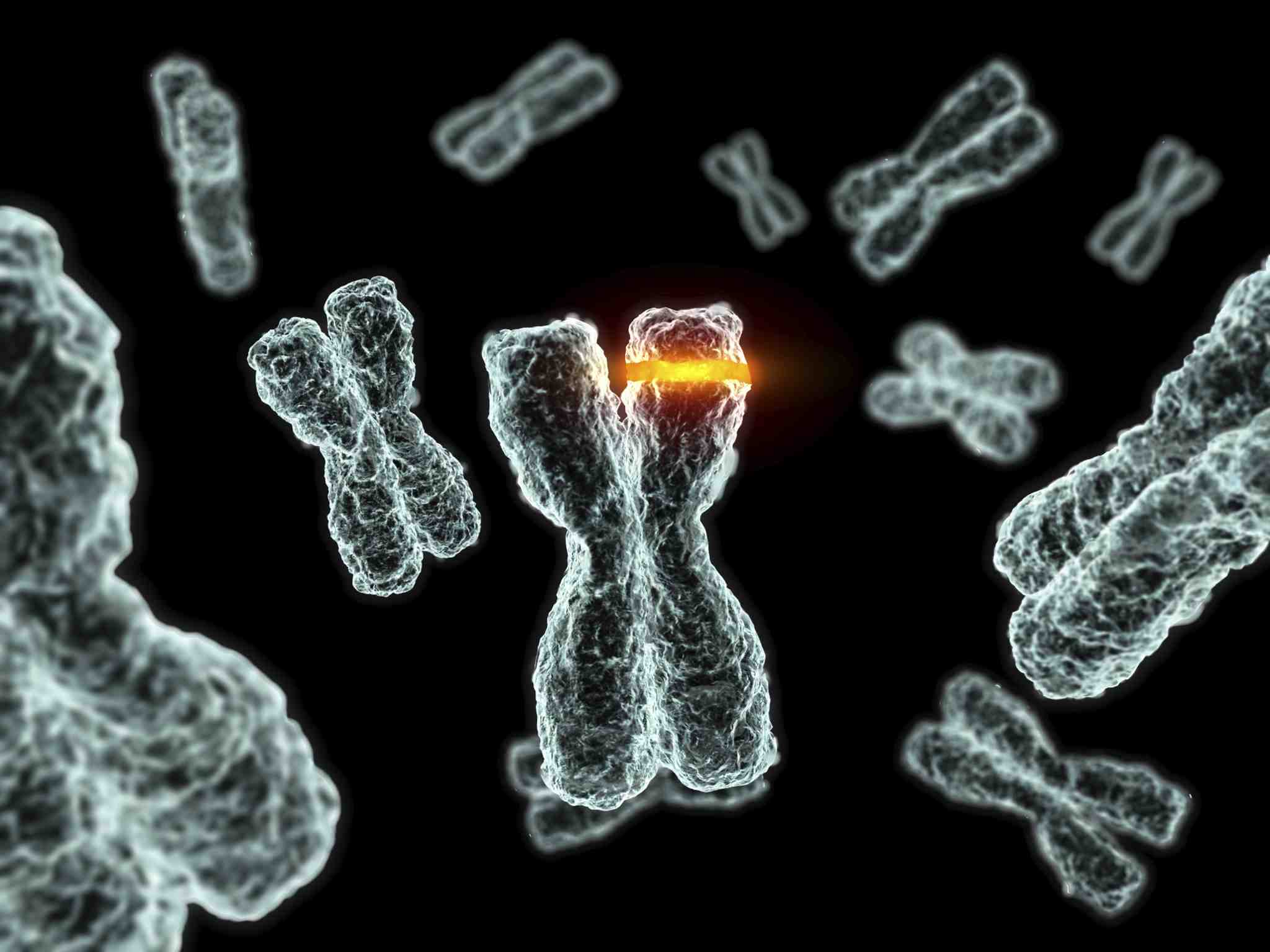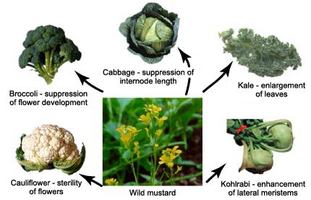This week I discovered through the readings, lectures, and
TED talks how Nanotechnology and art work together to become the new medium of
art. Through the development of new computer software’s and technology we can
view art in a different way than we used to be able to.
For example a form of nanotechnology art that I thought was
very amazing is Christa Sommerer and Laurent Mignonneau’s invisible sculpture
that they created. This sculpture is only accessible through touch, which is a
whole new concept in itself. Their sculpture idea is by wearing a magnetic ring
so you think you are touching a physical object, but in reality you are only
feeling the magnetic force the ring is propelling. This idea is very innovative
because it uses not just artistic skills and background but incorporates science
and technology as well. This medium of art is becoming more common especially
with the exponential growth we have had in technology over the past couple of
years.
We also see art in molecular programming and nanotechnology
of DNA. In Paul Rothemund’s TED talk he explains in how strands of DNA he can
make alternative forms of art, like he did with the smiley face, or it can even
be possible to make a person drawing out of long and short DNA strands. He
explained also that you can encode words into DNA. Dr Gimzewski explained in
his lecture that one of his students also wrote UCLA with the scanning
tunneling microscope. Gimzewski also stated
Art is progressively getting more and more technologically
advanced as time goes on, and as computing programs keeps growing exponentially.
Works Cited
“Christa Sommerer and Laurent Mignonneau." Viewing Space. Web. 30 May. 2015. <http://www.viewingspace.com/genetics_culture/pages_genetics_culture/gc_w05/somm_mign.htm>.
 |
| Dr. Gimzewski |
 |
| DNA Strand |
 |
| Christa Sommerer and Laurent Mignonneau |
“Christa Sommerer and Laurent Mignonneau." Viewing Space. Web. 30 May. 2015. <http://www.viewingspace.com/genetics_culture/pages_genetics_culture/gc_w05/somm_mign.htm>.
“DNA folding, in detail." TED. Web. 30 May. 2015.
<http://www.ted.com/talks/paul_rothemund_details_dna_folding?language=en>.
“DNA." Wikipedia. Web. 30 May. 2015. <http://en.wikipedia.org/wiki/DNA>.
“James Gimzewski." Wikipedia. Web. 30 May. 2015. <http://en.wikipedia.org/wiki/James_Gimzewski>.
“Paul W. K. Rothemund." Wikipedia. Web. 30 May. 2015. <http://en.wikipedia.org/wiki/Paul_W._K._Rothemund>.








